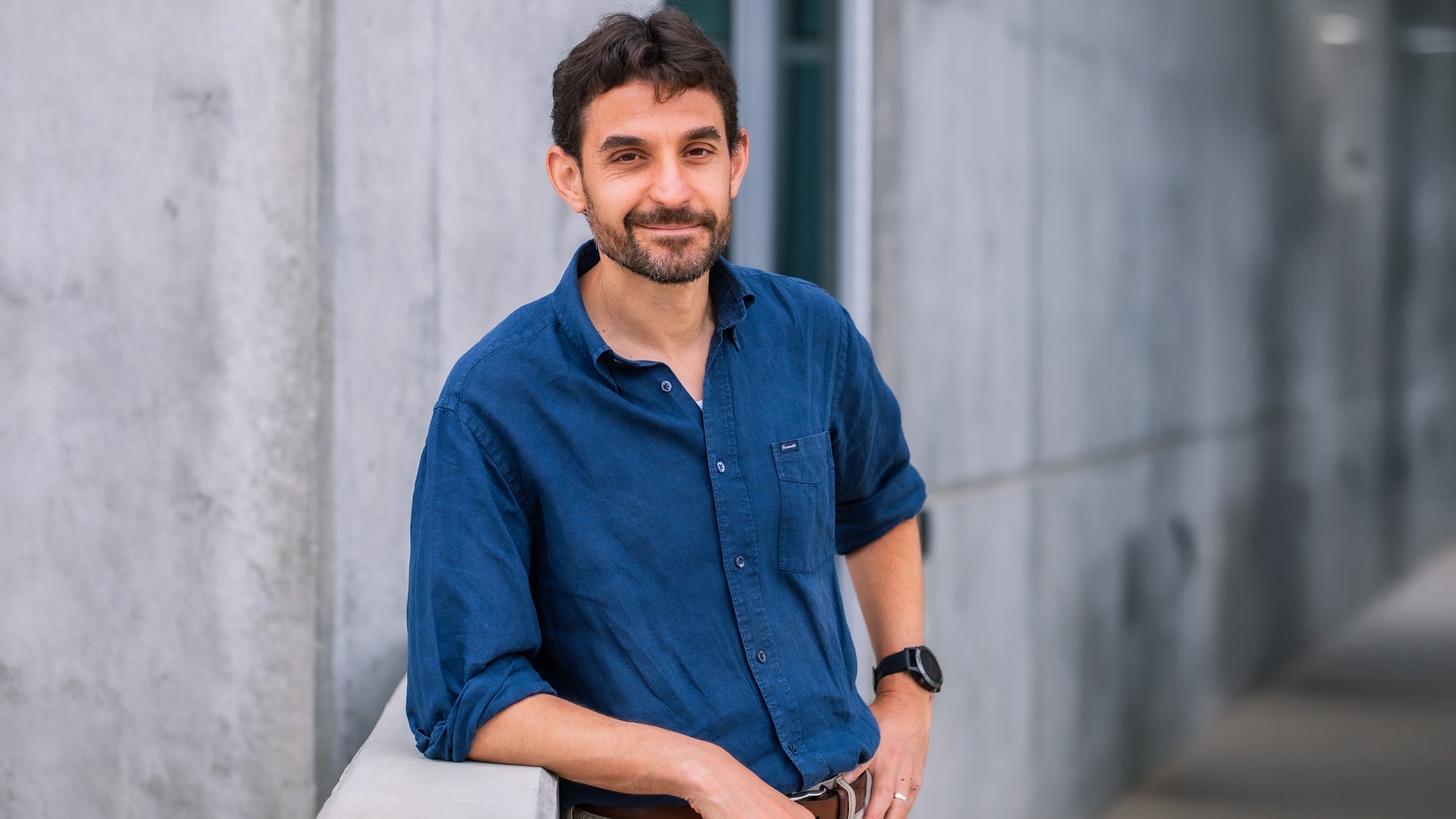Is Prophylactic Mastectomy a Universal Key to Breast Cancer Prevention? UCSB Feminist Studies Scholar Laury Oaks Addresses the Issue
Some people call them "previvors" –– individuals who survive a life-threatening illness, such as cancer, by taking dramatic preemptive measures to avoid it in the first place.
And we're not talking diet and exercise.
Actress Angelina Jolie is the most recent example. When she tested positive for the BRCA1 gene mutation and learned her odds of developing breast cancer could be an astronomical 87 percent, she decided to minimize the risk as much as possible by undergoing a double mastectomy. No breasts, no breast cancer. That's the idea.
But as Laury Oaks, an associate professor of feminist studies at UC Santa Barbara, notes, preventive measures that are effective and appropriate for one woman might not be so for another. And even if they are appropriate, they aren't necessarily available.
"While we can honor Jolie's individual decision-making, we must not hold all women to that standard," Oaks said. "I appreciate that Jolie advocated for her own health, which is in line with the women's health movement. At the same time, advocating for one's health can take many forms, and prophylactic mastectomy may not be accessible or the best course of action for all women living with the breast cancer gene."
The media attention devoted to Jolie has served to shine a light on women's health risks and created a forum for important conversations, Oaks continued, and that is very beneficial. "Women may discuss this option with their doctors more frequently following the Jolie news," she said. "We see in the prophylactic mastectomy discourses an emphasis on the personal choice of the woman –– in consultation with her medical professionals and, often, with her partner –– to assess the risk to her body and her mental health or feelings of well-being on her own terms."
What tends not to be discussed, however, is that prophylactic mastectomy isn't necessarily a sure path to health and wellness. "What is possibly dangerous to women's physical well-being and mental health
–– and another important conversation topic –– is the assumption that breast cancer and other health risks can be eliminated or reduced through surgery," Oaks continued. "An issue not raised in many media reports I have read is that the breast cancer gene is also associated with ovarian cancer, known as ‘the silent killer' because it is so hard to detect. The removal of the ovaries leads to early menopause for premenopausal women, and this presents its own set of concerns."
The most pressing issue Oaks sees in prophylactic mastectomy –– and other procedures –– as a preventive health option is the disparity in access to quality health care in the United States. Personal choice, she said, is not extended to those without the financial, health care, and social support resources necessary to make a decision regarding treatment. "Access to genetic testing is not evenly spread throughout our society, thus not all women have the same access to knowledge about their bodies and their health risks," she said.
A specialist in both reproductive politics and the anthropology of health, medicine, and science, Oaks has studied the availability of genetic testing among various populations. One of her recent research projects, "Strengthening Genetic Counseling Outreach: A Comparative Study of Heredity Cancer Risk Perception," was supported by a grant from the Cancer Center of Santa Barbara. Working with bilingual and bicultural research assistants, she compared local Latino/a and white perceptions of cancer risks.
As Oaks pointed out, however, the health care and screening issue is only one piece of the prophylactic mastectomy puzzle. "Diverse feelings about one's own body, varied assessments of the meaning of health risk statistics, the range of historical and cultural meanings around breasts, and the social construction of breasts as sexual body parts are all important topics in the overall discussion," she said.



